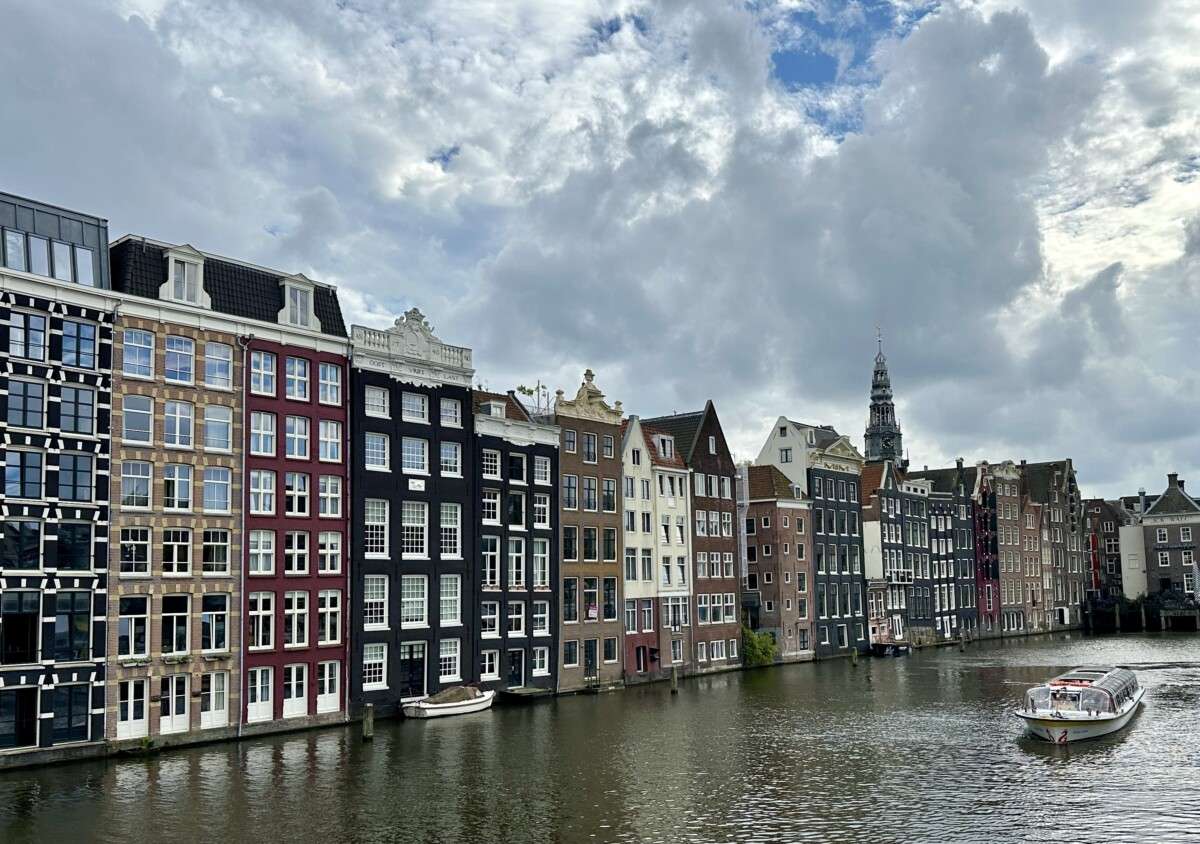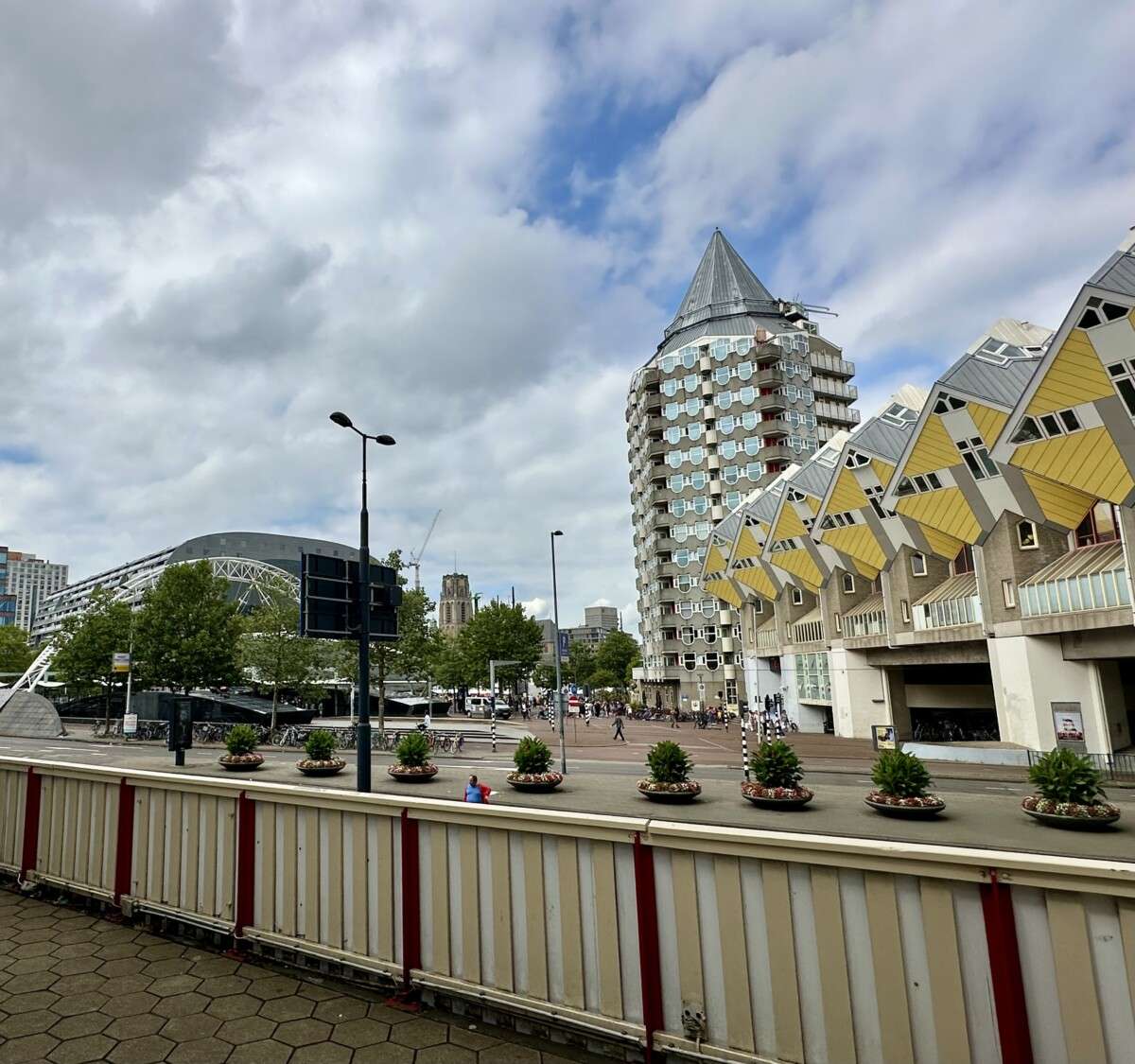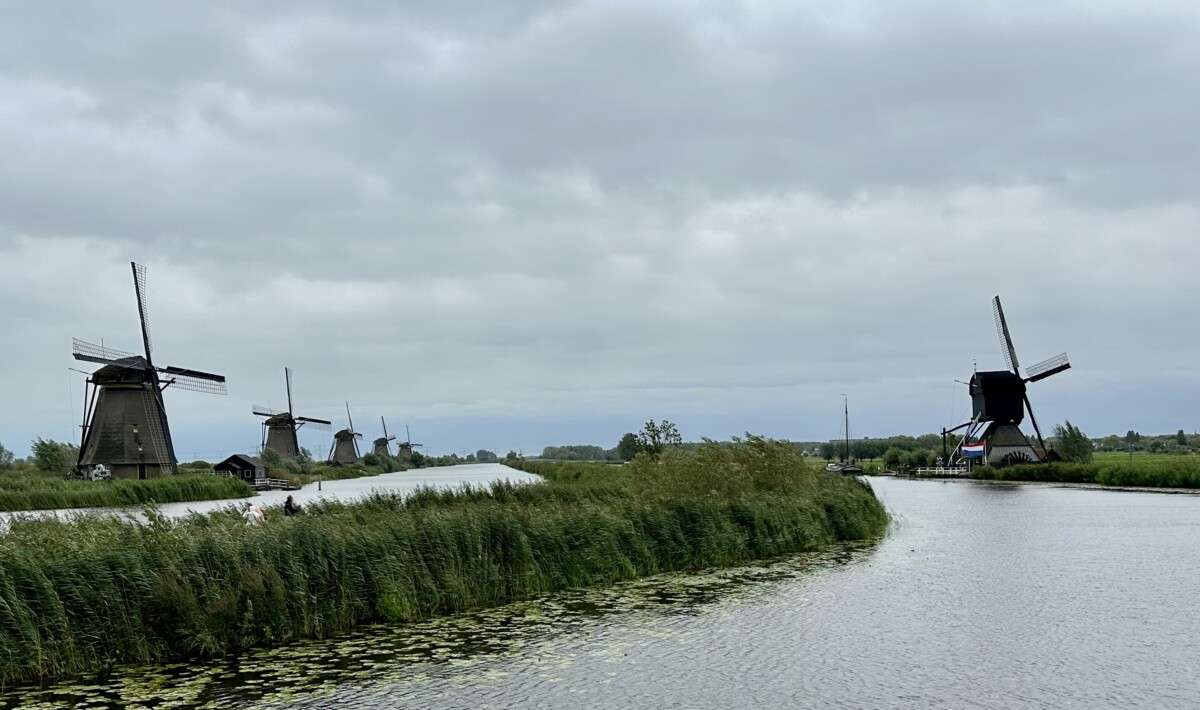We arrived in Brussels on a Saturday and were immediately struck by how crowded it was. We had no idea that we arrived during a special weekend that only happens for a few days every two years.

“Every 2 years the Grand-Place of Brussels is covered with a flower carpet of begonias. The carpet of 70 m x 24 m (76 x 26 yards!) is composed by about 120 volunteers, with nearly 1 million flowers in less than 4 hours.” – City of Brussels

Amazingly, it was gone when we left on Monday. Above is a picture we took when we arrived and below is a picture from the same spot on Monday.




We decided to go to Belgium for some chocolate. I mean, we were so close. It turns out that chocolate is literally everywhere in Belgium. We were convinced our hotels piped in the smell because it was everywhere – in Brussels our hotel even had a self-serve chocolate fountain flowing at breakfast. (Spoiler alert – the chocolates throughout Belgium were amazing!)

We joined a walking tour to learn more about Brussels and Belgium. Some things we learned (in no particular order):
- Brussels is the capital of the European Union
- Smurfs (yes, those blue cartoon elf’s) are from Belgium
- Belgium was one of the only countries that wasn’t touched by WWII. They surrendered to Adolph Hitler and were spared. So, many of the buildings here are original.
Our tour climbed to the highest point in the city, Mont des Arts (Hill of Arts). This area is, “an urban complex and historic site in central Brussels, Belgium, including the Royal Library of Belgium (KBR), the National Archives of Belgium, the Square – Brussels Meeting Centre, and a public garden.” – Wikipedia The garden was planted for the Brussels International Exposition of 1910, however, the buildings are from the 1950s.

At the top of Mont des Arts you can see all major architectural styles from the region in one short block. In the picture below you can see Flemish, Dutch and French style buildings.

Below is a picture of the Carillion of the Mont des Arts, a musical clock that chimes every 30 minutes with a Flemish song. On the hour the man at the top hits the bell to chime the hour of day. Each of the 12 figures built into the wall around the clock is a famous Belgium figure.

The Royal Saint-Hubert Galleries is a covered shopping area comprised of three sections – The Queen’s Gallery, King’s Gallery and Prince’s Gallery. It was the first shopping center in Europe. It is an Italian design and there is an identical gallery in Milan that was built 30 years later.



Another (slight less) famous statue in Brussels is the Jeanneke-Pis – or, peeing girl. “Like her famous brother, Jeanneke-Pis is a bronze statue and fountain measuring around 50cm, supported by a basin. The piece was designed in 1985 by artist Denis-Adrien Debouvrie, who also owned several restaurants in the Îlot Sacré neighbourhood” – Wikipedia

“The sculptor-restorer was commissioned to create this statue for a variety of reasons: firstly, to bring people back to this somewhat neglected cul-de-sac, where Debouvrie himself owned several establishments; secondly, to re-establish the equality between men and women that Manneken-Pis had undermined for centuries; and thirdly, to add a touch of zwanze, that subversive Brussels sense of humour.” -Wikipedia


There are many small alleyways like this around town. Some so small you might miss them if you are looking carefully. They usually have a restaurant or bar at the end.


“Manneken Pis is a statue of a peeing boy in the center of Brussels…It has become one of the most famous Belgian and Brussels monuments and a symbol/mascot of the city of Brussels.” – Wikipedia
This statue’s history goes back to 1619, though I also read there has been a fountain in this corner dating all the way back to 1388. It has also been stolen many times and the original is now located nearby in a museum. The statue on the street is a replica that is dressed up in a different costume each month. You can read more about it here.


“The Grand-Place is the central square of the City of Brussels. All over the world it is known for its decorative and aesthetic wealth. The Grand-Place is surrounded by the guild houses, the City Hall and the Maison du Roi.” – City of Brussels


“Having been expelled from Germany and France because of his controversial views, Karl Marx moved to Brussels in 1845, when it was a haven for all sorts of revolutionaries. He lived there with his family for three years. The Belgian capital marked a turning point in the German philosopher’s life. It was there Marx worked with his close friend Friedrich Engels on his Communist Manifesto.” – the low countries


While in Brussels we tried to taste as many of Belgium’s favorite foods.


We ended our food tour with a beer tasting.






Walking Tours are definitely one of the most fun ways to explore a city. With a local expert, one gets to experience it in the best way without wasting time. Loved your virtual tour of Brussels on this blog. Thanks for sharing.
Good to know you enjoyed Brussels although it was a brief visit.
Is Amsterdam in your radar???
Take care.